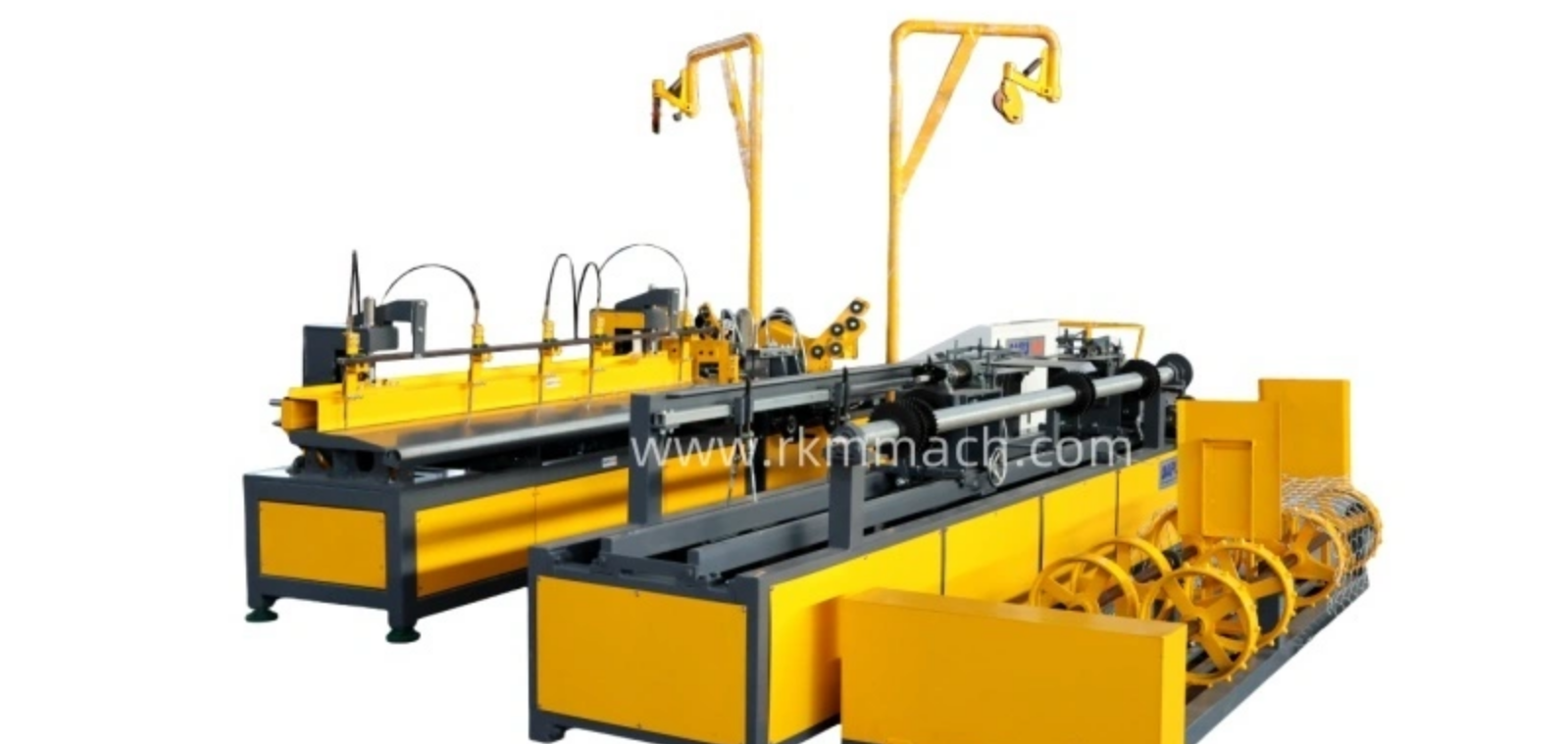Intelligent Mesh Welding Machines: A New Driving Force for Industry Development
Intelligent Mesh Welding Machines: A New Driving Force for Industry Development
Outline
- Introduction
- Current state of mesh welding technology
- barbed wire machine
- Limitations of traditional welding machines
- Importance of introducing intelligent technology
- Theme Analysis: How Intelligent Mesh Welding Machines Drive Industry Transformation
- What is an intelligent mesh welding machine?
- The core role of intelligent technology in mesh welding
- Industry shifts enabled by intelligent devices
- Guide: How to Choose the Right Intelligent Mesh Welding Machine
- Selection criteria for different application scenarios
- Key features to evaluate in intelligent devices
- ROI and cost control considerations
- Tutorial: Installation and Optimization Guide for Intelligent Mesh Welding Machines
- Step 1: Installation environment and equipment layout
- Step 2: Initial debugging and parameter setup
- Step 3: Operation and management of intelligent functions
- Step 4: Data monitoring and system upgrades
- Case Studies: Applications of Intelligent Mesh Welding Machines in Different Industries
- Construction: Intelligent reinforcement mesh welding
- Industrial manufacturing: Flexible production line integration
- Agricultural equipment: Intelligent transformation in mesh screening production
- Conclusion and Future Outlook
- Market potential of intelligent mesh welding machines
- Long-term impact of technological advancements on the industry
Main Article
Introduction
Mesh welding technology has broad applications in construction, manufacturing, and agriculture. However, traditional welding equipment often struggles to meet modern production demands due to limitations in performance and efficiency. With the rapid advancement of intelligent technologies, intelligent mesh welding machines have become the core driving force for industry upgrades, redefining production efficiency and quality standards.
Theme Analysis: How Intelligent Mesh Welding Machines Drive Industry Transformation
- What Is an Intelligent Mesh Welding Machine?
An intelligent mesh welding machine integrates automation control, sensor technology, data analysis, and artificial intelligence. It performs high-precision welding tasks while offering features such as real-time monitoring, fault diagnosis, and data optimization. - The Core Role of Intelligent Technology in Mesh Welding
- Real-Time Monitoring: Sensors capture welding parameters (e.g., temperature, current, and pressure) to ensure consistent quality.
- Automatic Adjustments: Adapts welding parameters based on material changes, reducing manual intervention.
- Data Recording and Analysis: Logs production data for trend analysis, helping enterprises optimize workflows.
- Industry Shifts Enabled by Intelligent Devices
Intelligent mesh welding machines enhance productivity and enable resource optimization and personalized production. Their benefits are especially prominent in scenarios requiring high precision and large-scale production.
Guide: How to Choose the Right Intelligent Mesh Welding Machine
- Selection Criteria for Different Application Scenarios
- Construction: Prioritize high-strength, high-efficiency machines for large-area reinforcement mesh welding.
- Industrial Manufacturing: Look for flexibility and multifunctionality to accommodate diverse product needs.
- Agriculture: Select machines suitable for mesh screening and fencing, focusing on precision and consistency.
- Key Features to Evaluate in Intelligent Devices
- Automation Level: Ensure the machine supports fully automated welding and parameter adjustment.
- Smart Monitoring Capabilities: Real-time monitoring and fault alerts are essential.
- Compatibility and Scalability: Evaluate whether the machine can accommodate future upgrades or changing production needs.
- ROI and Cost Control Considerations
Businesses should evaluate equipment costs, production efficiency improvements, and labor savings to ensure a high return on investment.
Tutorial: Installation and Optimization Guide for Intelligent Mesh Welding Machines
- Installation Environment and Equipment Layout
- Ensure stable power supply and adequate space for equipment installation.
- Plan an efficient layout to optimize material flow and operational smoothness.
- Initial Debugging and Parameter Setup
- Configure welding parameters such as current, speed, and pressure according to product requirements.
- Test the machine to ensure all functions are working properly.
- Operation and Management of Intelligent Functions
- Learn to use the smart monitoring interface for real-time production tracking.
- Configure automated workflows to reduce manual intervention and increase efficiency.
- Data Monitoring and System Upgrades
- Regularly analyze production data to identify potential issues and optimize performance.
- Keep up with equipment manufacturer updates to ensure timely software and hardware upgrades.
Case Studies: Applications of Intelligent Mesh Welding Machines in Different Industries
- Construction: Intelligent Reinforcement Mesh Welding
A construction company improved daily production efficiency by 50% after adopting intelligent welding machines. The weld strength became more uniform, reducing post-processing costs. - Industrial Manufacturing: Flexible Production Line Integration
An industrial manufacturer leveraged intelligent equipment to achieve multi-variety, small-batch production. Changeover times were reduced by 70%, significantly improving production flexibility. - Agricultural Equipment: Intelligent Transformation in Mesh Screening Production
A mesh screening manufacturer increased welding precision and consistency by 40% with intelligent machines, reducing defect rates and enhancing product competitiveness.
Conclusion and Future Outlook
Intelligent mesh welding machines are redefining industry standards with their efficiency, precision, and adaptability. They optimize workflows, reduce costs, and boost market competitiveness.
As artificial intelligence, IoT, and big data continue to advance, these machines will become even more innovative and adaptive, opening up new possibilities for global manufacturing.
By embracing intelligent equipment, businesses can stay competitive in a dynamic market, promote industrial upgrades, and fully leverage the benefits of technological innovation.
